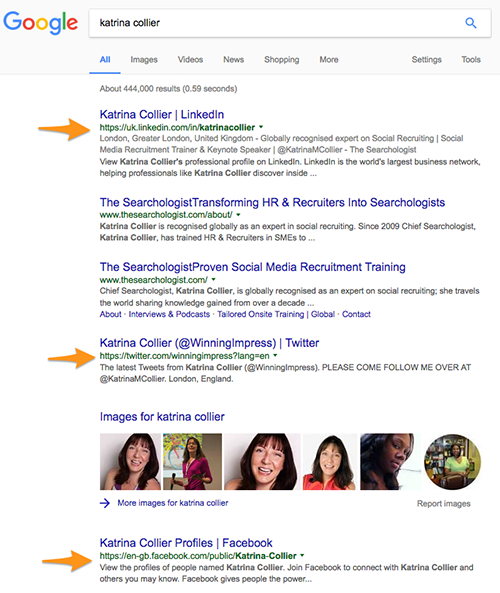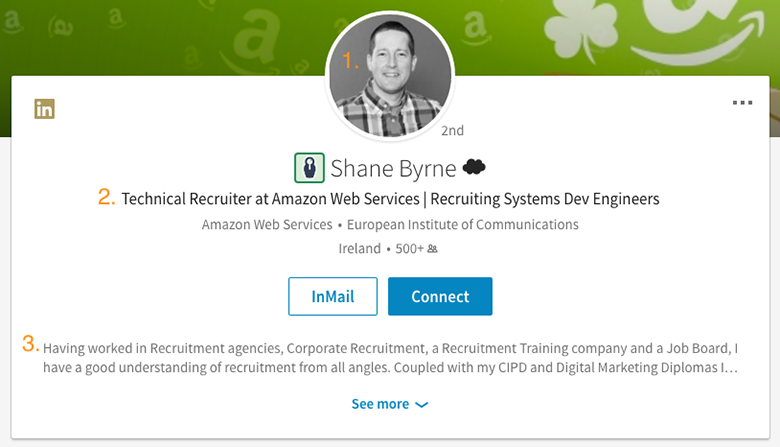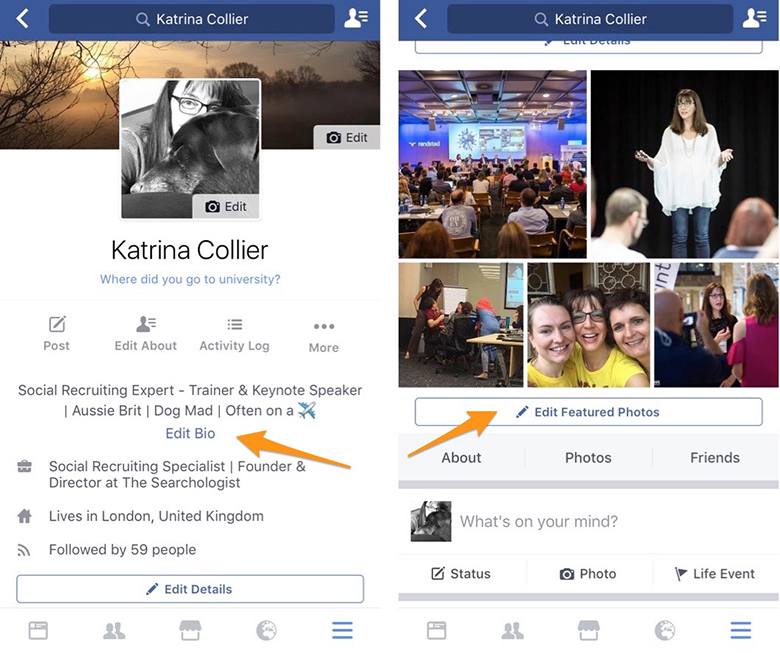Technology is a blessing and a curse. It has irreversibly changed the way we work and definitely the way we hire. And while a sizable amount of the innovation has focused on improving recruiters and hiring leaders’ experiences, technology has also empowered jobseekers by creating transparency and giving them the opportunity to investigate who you are and what your company’s about before they reply or apply.
Combine this notion with the fact that technology has created a lot of noise – our attention spans have dropped 4 seconds in 15 years – and those on the hiring side of the coin are left with a simple truth: it takes work to be worthy of someone’s attention in 2017 (especially when you’re trying to get someone to listen to your job pitch).
After all, our daily work lives involve nothing but interruptions, emails, calls and messaging apps – all vying for our attention, and that’s before we add in social media.
So, how can you earn and keep a possible candidate’s interest?
Look like someone worth talking!
How often have you run a search on Google while talking to someone new? It’s fascinating what you can find. And if you think jobseekers aren’t checking you out before responding to your InMail or applying to your role, you’re sadly mistaken. If you have an unusual name, like mine, you need to be especially wary of what you share online too!
To start, do an audit of your own digital presence. Head to a different browser, clear the history, and search for yourself – what do you find? Most likely it will be like mine: LinkedIn, (my old) Twitter account and Facebook.

Below you’ll find a few tips on ways you can make the most of these channels and really use them to get more attention from potential candidates.
LinkedIn:
- Use a profile picture that makes you look approachable; it’s amazing how many I see where people look angry!
- Use all of the available characters in your headline to describe your role, for example, “Technical Recruiter at Amazon Web Services | Recruiting Systems Dev Engineers” is more appealing than Shane’s actual job title of “Technical Recruiter”.
- Make the first two lines of your summary irresistible, under the new LinkedIn interface that’s all people will see.

Twitter:
- This may sound strange, but if you’re going to use Twitter, use it. If not, consider deleting your account. Nothing looks worse than a neglected account or one that’s a job feed from LinkedIn.
- If you use it, use the same profile picture as on LinkedIn and complete your 160-character bio with a mix of who you are professionally and personally. Remember you have seconds to gain attention, so don’t be so cryptic people won’t understand.
- Share valuable updates, industry news, job search tips, photos of your work (and personal) life, and short videos.
Facebook:
- You may consider Facebook your personal space, but that doesn’t mean people won’t look at your profile. Over 1 billion people use it each day, so manage your profile privacy settings appropriately and save the potentially inflammatory posts for your friends.
- Your banner and profile pictures are public, and though you don’t need to be as formal as you are on LinkedIn, look at it objectively and be sure it shows you in a good light.
- Create your own brand; on the Facebook phone app you can complete your bio and set your featured pictures, and then consider sharing public updates that relate to your company or industry.

Look like a company worth working for!
If you want to know what people really think of your company, check out your Glassdoor and Indeed reviews. They are a goldmine of information.
Sure, occasionally, it’s just an ex-employee having a rant, but more often than not, there is a recurring thread that you’ll want to address. You may need to look at your internal processes or even improve employee engagement, for example.
Don’t stop there though, I’ve seen less than complimentary reviews on Google Maps! Also, check out your LinkedIn company page; are you ignoring the comments made by people interested in your company? And your Facebook page and Twitter account need to be monitored too.
Regardless of the feedback specifics and the medium where they appear, ignore users’ reviews at your peril. Transparency created by technology isn’t going to disappear in 2017.
Look like an organization that your employees love!
Once your reviews are sorted, embrace employee-generated content. In the same way consumers believe other people’s opinions, future employees want to hear from their peers. People are longing to see real unpolished insights into day-to-day life at your company.
Employee-generated content is easy to obtain and free to collate, and by sharing who you genuinely are, you’ll attract more suitable recruits and dramatically reduce costly failed recruitment. It’s a win win.
If you do want some tips and tricks in this department though, stay tuned for my next blog, where I’ll share secrets for collating & sharing employee-generated content!
 MightyRecruiter
MightyRecruiter




Leave a Reply